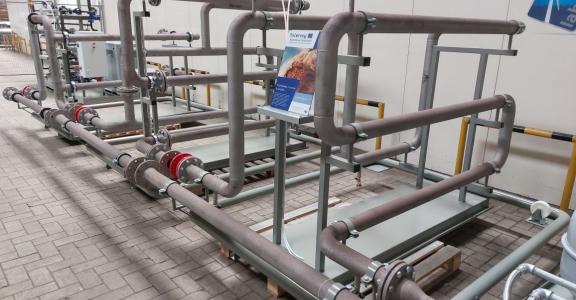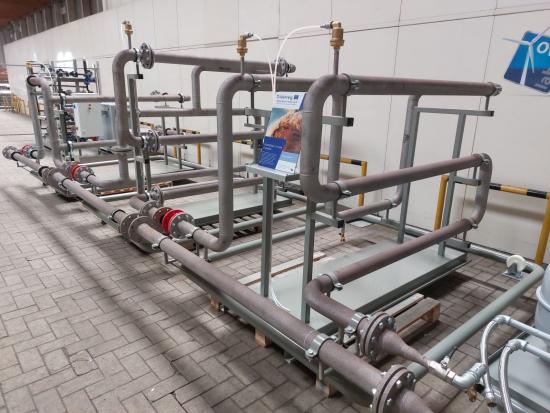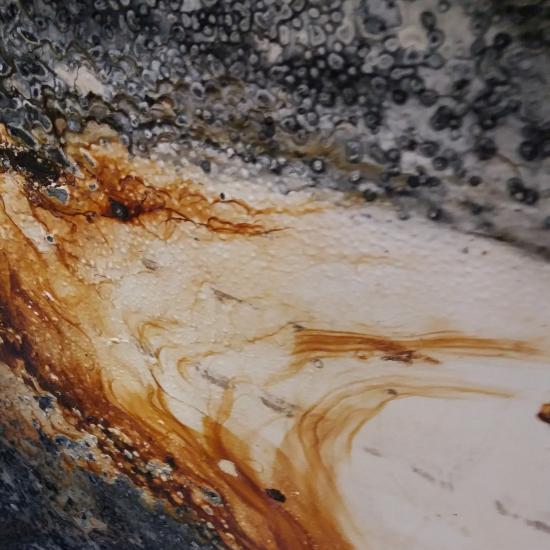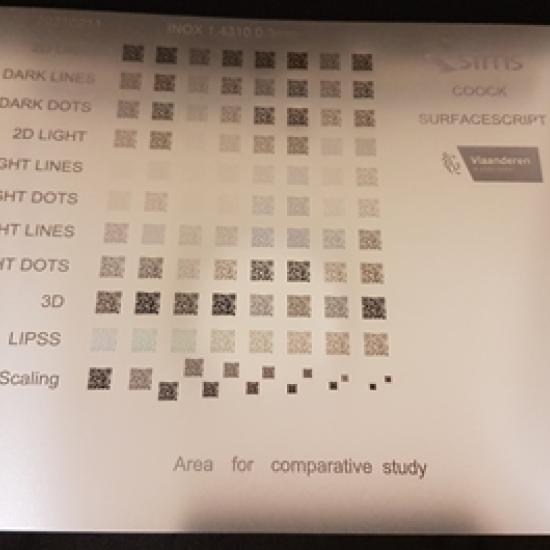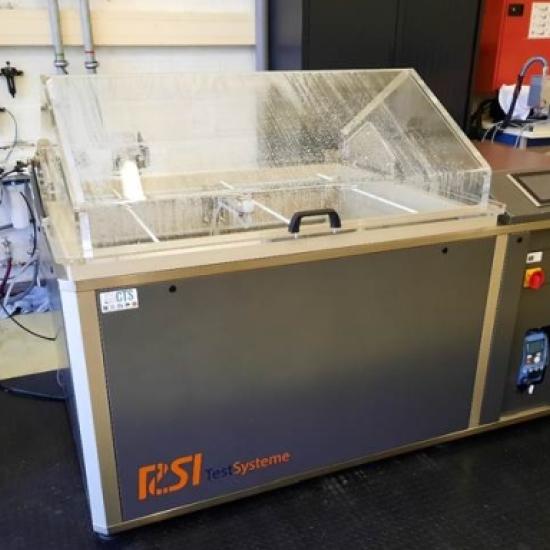'Corrosion under insulation' (CUI) is one of the most common and most difficult to manage forms of corrosion in the process and chemical industry, with corresponding costs and safety risks. To support research aimed at better management of CUI, in its CorrosieLABS [Corrosion & Insulation Practice Lab] Sirris developed a simulated industrial environment in which innovations such as sensors and new coatings can be tested and further optimised. In this article we will give you a glimpse into the possibilities and future plans for better managing CUI.
Whenever liquid penetrates into the insulation around pipes, this can lead to aggressive corrosion, which often remains unnoticed for a long time. Consequently CUI is one of the most important causes of leaks: it is sometimes said that up to 80 % of leaks are caused by CUI. First and foremost, CUI can lead to catastrophic failure of pipes, such as the 'Marathon Brae Alpha CUI failure' in 2015. In addition, CUI is very difficult to detect because the pipe is ‘hidden’ under the insulation and cladding. Consequently neither the presence of corrosion nor that of liquid is easy to detect. The only option for 100 % certainty of detection is periodic removal of all insulation. Consequently it has been estimated that 40-60 % of all pipe maintenance costs are attributable to CUI. For storage tanks, the picture is very similar.
Innovation in the area of managing CUI is primarily directed toward the development of durable coatings--the last ‘barrier’ protecting the pipe or storage tank--and the development of moisture sensors, detecting where there is moisture in the insulation, and thus possible locations of CUI.
Test set-up for slow aging of coatings
Specifically, in the development of new coatings it is important to be able to evaluate the performance of coatings under various conditions. Today various international standards are available for this purpose, but the relevance of these tests for correctly assessing the useful life under field conditions is often a matter for debate. Therefore Sirris, in cooperation with Scalda, has developed a test set-up in which coatings can undergo slow aging that accurately simulates actual conditions over a test period of 1.5 years. By comparing the results with those of accelerated coating tests, the validity of the accelerated test can be evaluated and a much better picture of the degradation behaviour of the coatings obtained.
Moisture detection using sensors
A second important innovation on the market in the past few years is that of various moisture sensors. Sensors based on various working principles are already in a commercial or pre-commercial stage. By now they have all proven to be capable of detecting moisture, but all of these sensors also have advantages and drawback. It is important to have a clear understanding of the detection limits, both as absolute values and in terms of the application limits (depending on the complexity of a pipeline: bends, flanges, taps, etc.).
For this reason Sirris installed a pipeline with a total length of about 50 m which imitates the complexity of a real installation and makes it possible to evaluate and compare the possibilities of various sensors. There is no ‘one size fits all’. The final goal is to be able to determine which type of sensor can best be used in which situation.
|
